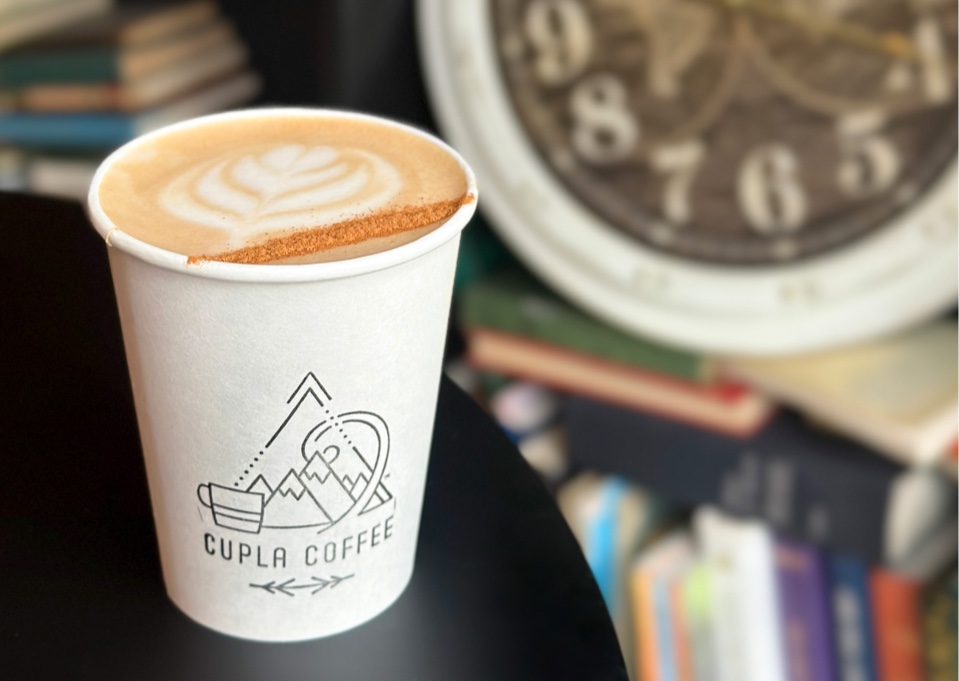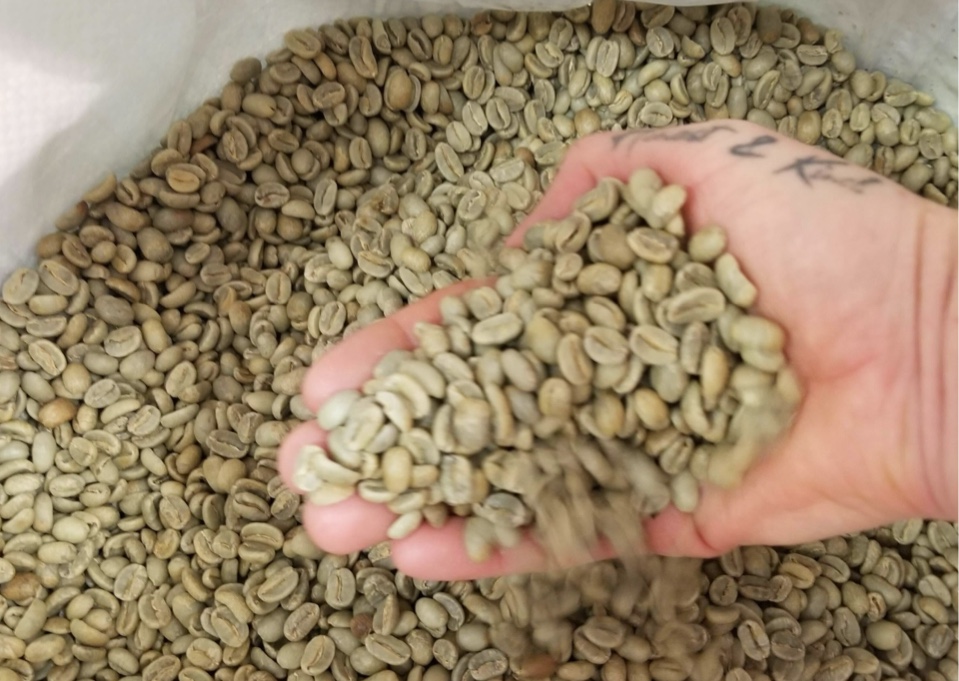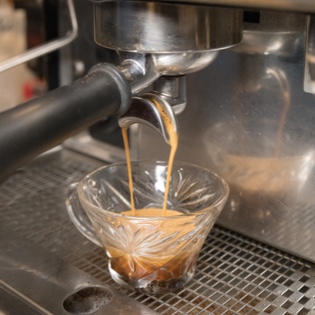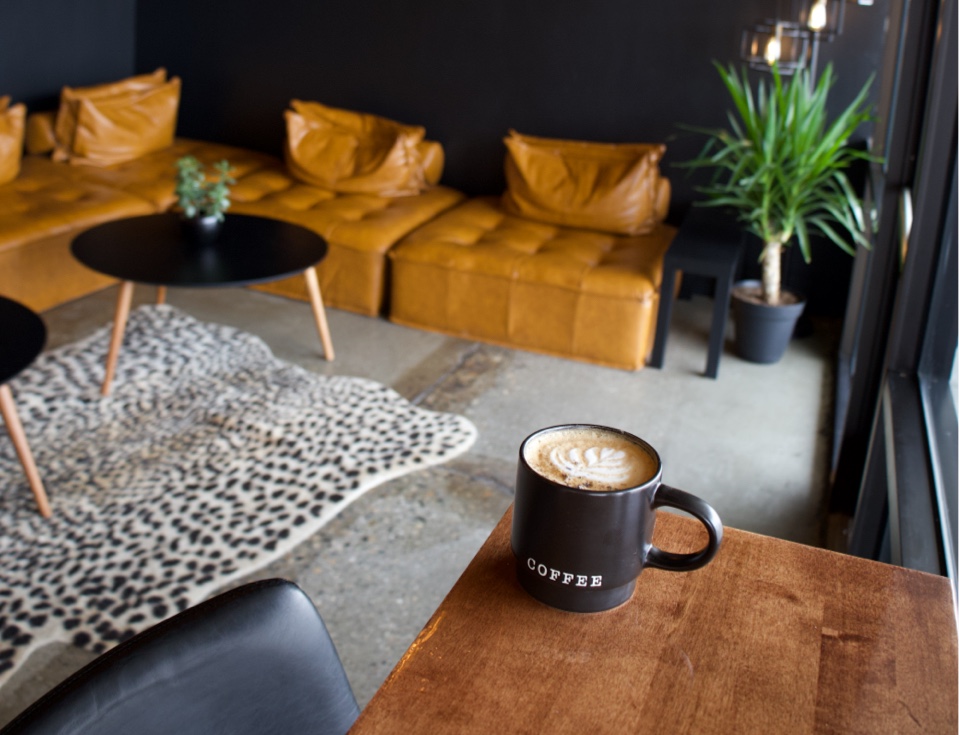What Makes Cupla Coffee Special
We create an environment with smooth blends of premium coffee, knowledgeable baristas, and a unique atmosphere that you have to experience for yourself. Whether you are sitting in one of our cozy cafes sipping on a cappuccino or taking a bag of coffee home for a personal brew, our signature roasts are full-bodied, smooth, and packed with flavor!
High-Altitude Coffee Roasting
Situated here on the Wasatch front, our high-altitude home offers a unique setting for a distinctive flavor profile in coffee roasting. The result is a robust, rich, and smooth coffee that can only be found on this side of the Uintahs.
Organically Sourced
We proudly source all of our coffee beans ethically and responsibly. Bringing you from farm to cup, only the best coffee from around the world. Stop by one of our coffee shops in Salt Lake City, Cottonwood Heights, or Park City today!
Delivered to Your Door
Our delicious roasts can be conveniently delivered to your door via a monthly subscription or a one-time purchase. We do this because we’re committed to sharing our deliciously unique flavors with the world, not just the Utah area.


Talented Baristas, Handcrafted Menu
Our talented baristas pour every cup of our craft coffee to perfection. Every barista behind our counter is well-trained and highly knowledgeable, so ask them about what drinks and treats will best fit your palate.

At Cupla, we serve all the classic coffee flavors you know and love, including unique flavors crafted by our in-house experts. Craving something other than coffee? Browse our tasty selection of lemonades, sodas, and teas.
Cupla Coffee’s Roasting Process
UTAH: HOME TO FLAVORFUL HIGH-ALTITUDE ROASTED COFFEE
Don’t believe the rumors—you can find excellent coffee in Utah. The Beehive State has a lively coffee culture, and Cupla Coffee proves it.
Our expertise and local elevation mean that each roast and every batch is brought to you with love, focus, and attention to detail.
Full-Bodied
We roast our coffee beans at our coffee shop in Cottonwood Heights at an elevation above 4,000 feet, which ensures a full-bodied flavor in every cup, from a light roast drip to a rich espresso.
Robust Flavor
Knowing where to roast isn’t the only contributing factor to our delicious craft coffee: we also know how to roast to ensure robust flavor profiles.
Fair Trade, Single-Origin
We use our Sonofresco roaster to make the top-shelf coffee we’re known for. We roast fair-trade, single-origin beans to provide you with the most delicious coffee possible.
High-Altitude Coffee In Salt Lake City and Beyond
Visit any of our coffee house locations:
No matter which location you visit, you’ll love the ambiance, beverages, and service. Visit a Cupla Coffee near you today!
Coffee FAQs
How to grind coffee beans?
There are two main styles of coffee grinding; burr and or blade. While blade grinders work fine, a burr grinder creates a more consistent grind which will allow for a more robust flavor extraction.
How long do coffee beans last?
To ensure superb quality, coffee beans should be used within 1 or 2 months of their roast date. As long as the coffee is kept whole bean in an airtight, opaque container, you’ll be able to enjoy that coffee of yours for weeks after you’ve purchased it!
How do I store coffee beans?
For optimal freshness store your coffee in an airtight, opaque container and only grind as needed. Coffee can stay fresh longer if it is kept as whole beans.
How do you roast your coffee?
Situated on the Wasatch Front, our high-altitude home offers a unique setting for a distinctive flavor profile. We take great pride in creating a delicious product roasted on a Mill City Coffee Roaster MCR-15 day in and day out. When coffee is roasted at higher elevations, oxygen and humidity are lower, so the beans respond differently when external temperatures are introduced. This creates a rich, smooth, robust flavor profile you can’t otherwise get!
Where can I buy coffee beans?
Right here on our website and delivered straight to your doorstep! Choose from our delicious house blends or our rotating single-origin varieties. Buy one bag today or subscribe to regular delivery of coffee beans weekly or monthly.
How do I grind coffee for cold brew?
Because the brewing time for cold brew is longer than other brewing methods (approximately 24 hours), you’ll want your coffee grinds to be more coarse so they don’t produce an over-extracted bitter-tasting brew. Slight variations in grind can produce slightly different flavors, so try a few different batches with grind variations to find your perfect cold brew recipe!
Can you use espresso beans for drip coffee?
Of course! There are no rules about which coffee roast or blend should be used for different brewing methods. Experiment and find out what you like better: an espresso roast for your house drip or a lighter roast as a French press? It’s all up to you.
How do I grind coffee for a Keurig?
Slightly finer than you would grind for your home coffee brewer but not as fine as for your home espresso machine.
Can you freeze coffee beans?
You can, but it does nothing to maintain the freshness of your coffee. You’re not gaining any more “shelf life” from your beans by freezing them, so there’s no meaningful use for putting them in the freezer.
Where does coffee grow best?
In humid and warmer climates. Most coffee is grown along the equator in the Caribbean, Africa, Middle East, Asia, North, South, and Central Americas.
How do I grind coffee for French press?
However you’d like! Many use a typical coffee grind purchased from the grocery store or a finer grind customary for a pour-over. The French press is versatile and forgiving as a brewing method. Try a few different grinds and see what you prefer.
How is high-altitude coffee different?
Oxygen and humidity levels are lower when coffee is roasted at higher elevations. The beans respond differently when external temperatures are introduced, giving them a unique flavor. Coffee beans would taste equally different if you roasted them at a lower elevation, like a beach.
Which roast has the most caffeine?
In theory, the lighter the roast, the more caffeine. This variance is ever so slight, though—caffeine is only minimally affected by “cooking” it out through the roasting process. What contributes more to the caffeine levels is the bean itself. Robusta varieties contain almost 3% more caffeine than Arabica varieties.

